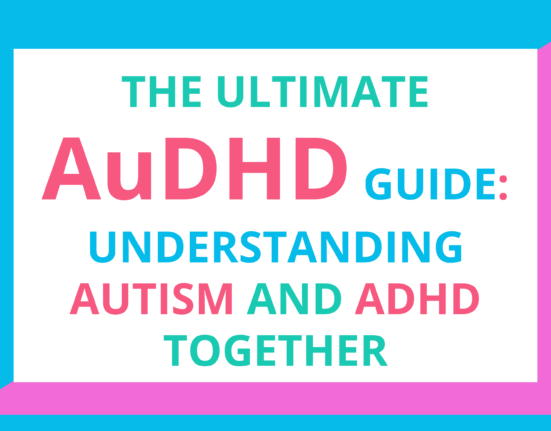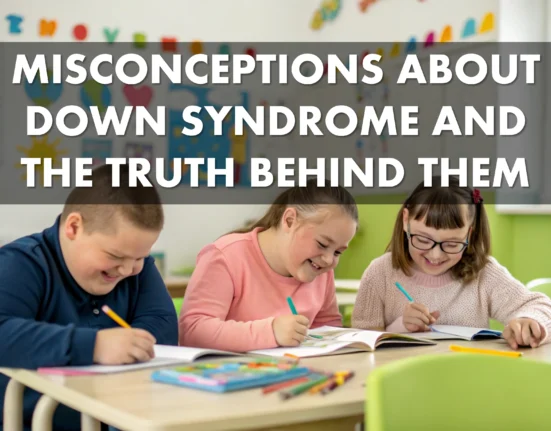Functional Behavioral Assessment (FBA) is a crucial tool in special education. This article will guide you through the basics of FBA, its importance, and the steps to conduct it effectively. Whether you are a special educator, a parent, or a behavior professional, this guide will provide practical information and concrete examples to better understand and utilize FBA.
What is Functional Behavioral Assessment (FBA)?
Functional Behavioral Assessment (FBA) is a systematic process used to identify the underlying reasons for a problematic behavior. The goal of FBA is to understand the functions that this behavior serves for the individual in order to develop effective interventions to modify it.
Why Use an FBA?
FBA is essential because it helps to:
- Understand Behaviors: Identify the precise causes of problematic behaviors.
- Develop Targeted Interventions: Create action plans based on the data collected.
- Improve Student Outcomes: By addressing behaviors proactively, students can achieve better academic and social success.
The Steps of Functional Behavioral Assessment
1. Identifying the Problematic Behavior
Define the Behavior Precisely
It is crucial to define the problematic behavior in a precise and observable manner. For example, instead of saying “the student is disruptive,” specify “the student throws their school supplies on the floor during math lessons.”
2. Data Collection
Methods of Data Collection
Data can be collected through various methods such as:
- Direct Observations: Noting the occurrences of the behavior in different contexts.
- Interviews: Discussing with teachers, parents, and the student to gain varied perspectives.
- Questionnaires and Rating Scales: Using standardized tools to assess the behavior.
Importance of Accurate Data Collection
Accurate data collection is essential to understand the behavior and develop effective interventions.
3. Data Analysis
Identifying Triggers and Consequences
Data analysis helps to identify triggers (what precedes the behavior) and consequences (what follows the behavior). This helps to understand why the behavior occurs.
Using Graphs and Charts
Graphs and charts can help visualize behavior trends and identify patterns.
4. Hypothesis on the Function of the Behavior
Common Functions of Behaviors
Problematic behaviors can serve several functions, such as:
- Escape: Avoiding a task or situation perceived as unpleasant.
- Attention: Attracting the attention of adults or peers.
- Access to Objects or Activities: Obtaining an object or gaining access to a preferred activity.
- Sensory Stimulation: Responding to an internal sensory need.
5. Intervention Plan
Creating Strategies Based on the Hypothesis
Once the hypothesis is formulated, develop specific interventions to modify the behavior. For example, if a student yells to attract attention, teach them appropriate ways to ask for attention.
Monitoring and Evaluating Effectiveness
It is important to monitor the behavior after implementing the interventions and make adjustments if necessary.
Frequently Asked Questions about Functional Behavioral Assessment
Q1: What is the difference between an FBA and a behavior plan?
A: An FBA is an assessment process used to understand the reason for a behavior, while a behavior plan is a strategy developed to address and modify this behavior based on the results of the FBA.
Q2: Who can conduct an FBA?
A: FBAs are generally conducted by professionals trained in behavior, such as certified behavior analysts, school psychologists, or special educators.
Q3: How long does it take to complete an FBA?
A: The duration can vary depending on the complexity of the behavior and available resources, but it can generally take from a few weeks to several months.
Practical Examples of FBA
Example 1: Escape Behavior
- Behavior Description: A student leaves the classroom without permission.
- Data Collection: Observations showing the student leaves the class mainly during math lessons.
- Hypothesis: The student leaves the class to escape tasks perceived as difficult.
- Intervention Plan: Adapt math tasks to the student’s level and provide additional support.
Example 2: Attention-Seeking Behavior
- Behavior Description: A student yells during lessons.
- Data Collection: Observations showing that the yelling occurs mainly when the teacher is busy with another student.
- Hypothesis: The student yells to attract the teacher’s attention.
- Intervention Plan: Teach the student appropriate ways to request attention and positively reinforce these behaviors.
Conclusion
Functional Behavioral Assessment is an essential tool for understanding and managing problematic behaviors in special education. By following the steps described in this guide, educators can develop effective interventions that improve student outcomes. Don’t hesitate to consult additional resources and seek training to deepen your FBA knowledge.








1 Comment